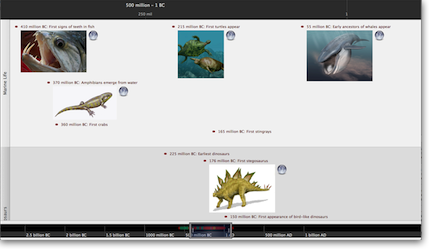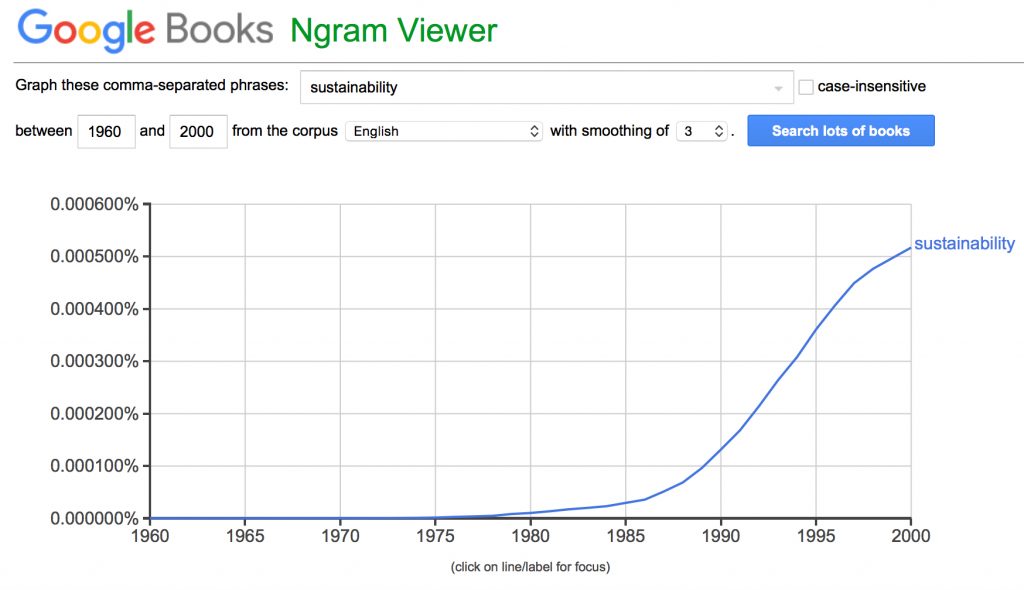Cross-posted on Wondering Fair
What does it mean to worship? And where to do it?
For us the activity of worship has become a private affair. Even some agnostics don’t seem to mind that people go about their Sunday mornings engaged in acts of worship, as it occurs comfortably behind closed doors. Occasionally religion spills out into the public space as, in the example of some Christians who fight to keep public monuments of religious significance (the ten commandments, or statues of the cross) in the public space (a courthouse, city center, etc.) in America, or Muslims women who strive to wear the burqa in France. We tend to agree with this relegation of the religious to the private sphere, and often acknowledge it in practice, going about our daily work with only perhaps a furtive prayer or generic expression of virtue, but nothing so peculiar as to strike a secular co-worker as an explicitly religious expression.

This division of life into two spheres – public and private – and the further relegation of the religious life to the private sphere has roots in various thinkers and writers across the modern period, but this is a division that is ultimately incompatible from a Christian point of view. Christian worship is, as one theologian (Bernd Wannenwetsch of Oxford University) has recently put it, a Political act: to acknowledge God as the one creator and ruler over everything relativizes every human form of government, and has profound ethical implications in every sphere of life. This fact was perhaps more obvious in the early church as there was a well-worn precedent for “private” religious worship. Rome was relatively tolerant of religious diversity in its empire, provided that worship was relegated to the private space. As long as one’s personal religion remained private, the public space was open for some occasional deference to imperial religion and the state gods which was required for citizenship.
What was remarkable about early Christians is that they refused what was an otherwise comfortable settlement for many other cults of the day. They recognized that the sort of worship that their relationship with the Creator invited  them to participate in was wholly encompassing, and as a result, as Wannenwesch puts it, “martyrdom was inevitable, since the ekklesia [church or ‘Christian community’] was bound from the beginning to celebrate ‘political worship’. (148)” Their worship of Jesus blocked their worship of the emperor and the gods, and martyred they were.
them to participate in was wholly encompassing, and as a result, as Wannenwesch puts it, “martyrdom was inevitable, since the ekklesia [church or ‘Christian community’] was bound from the beginning to celebrate ‘political worship’. (148)” Their worship of Jesus blocked their worship of the emperor and the gods, and martyred they were.
There is a sense in which contemporary Christian worship today does not always express the fullness of this reality, but at some point it becomes inevitable. The God we celebrate as being incarnate in the person of Jesus Christ, does not desire a convenient sort of settled relationship, the sort of tepid hug you share with a distant acquaintance. Rather, we are invited into a relationship best represented by a full-on embrace. We are given the gift of life with all its fullness, and this gift is best affirmed by a whole-hearted worship which does not fail to shape all the other dimensions of our lives, private and public. Christian faith transgresses and subverts these boundaries, and invites us away from lifestyles of fragmentation to a daily experience of wholeness.
Jeremy Kidwell




